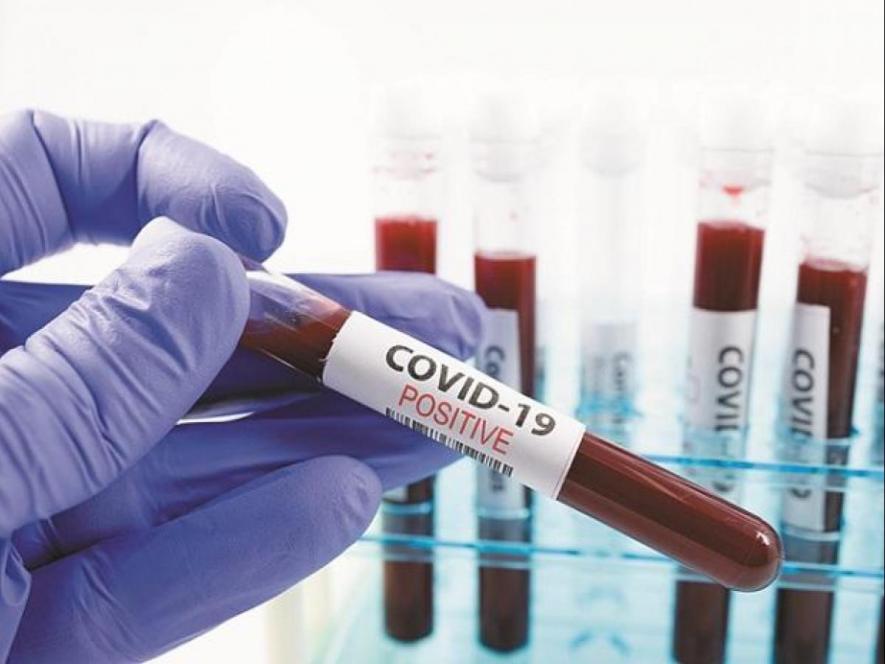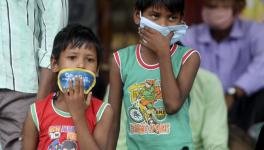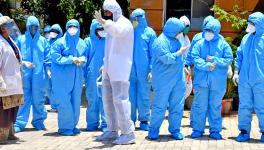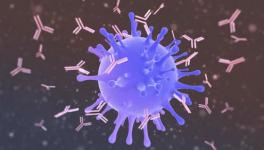COVID-19 and Some of the Significant Research Findings

Representational image. | Image Courtesy: Business Standard
COVID-19 has paralysed the world to a great extent, but at the same time, it has witnessed unprecedented scientific endeavors. Researchers across the globe are striving to understand different aspects of the virus that causes the disease and also to find remedies.
So, here are some of the major scientific findings from the past few days that can be helpful to understand the disease better and take precautionary measures accordingly.
China’s Release of Viral Genome After Beijing Outbreak
China, the first country to witness the COVID-19 pandemic and control the spread quickly and significantly, reported another outbreak recently in Beijing, the capital city. The fresh outbreak was linked to a wholesale food market and the Chinese authorities claimed to have controlled it.
The genome of the viral sample from the outbreak has been published and shared with the World Health Organisation and GISAID (Global Influenza Data Initiative). The sequencing of the genome says that it is linked to a European strain; however, WHO has said that more investigation is required to understand the origin of the Beijing outbreak.
Genome sequencing is an important aspect in understanding both the viral replication inside the body and bringing out vaccine candidates. Notably, China has shown the unprecedented speed of releasing viral genome sequences, right from the beginning.
Can Novel Coronavirus Trigger Diabetes?
It is well-known by now that diabetes can be a risk factor for a COVID-19 patient, which means that people with diabetes may appear to be more vulnerable to the coronavirus.
But, researchers are now investigating the idea that COVID-19 can also trigger diabetes in some affected patients. Evidence is now growing to support this idea. Research on tissue shows that the coronavirus can damage the beta cells of the pancreas. These are the cells that produce the hormone insulin, which regulates blood sugar levels in the body.
Some patients have developed diabetes post-COVID-19 and some have shown high blood sugar levels and ketones.
However, elaborate studies are required for a large cohort of the population before reaching any conclusion in this regard.
Can Specific Blood Group Enhance Risk of COVID-19?
Research published in the New England Journal of Medicine reported that people with blood type A have a higher risk compared to other blood types. The study was a genome-wide association study and involved 1,980 COVID-19 patients from hospitals in Italy and Spain.
The genome-wide association study is a new kind of research tool for scientists where the complete genome can be analysed and a comparison between the genome of an individual having a disease with the genome of someone without the disease. The small genetic variations between them can reveal the genetic factors involved in a particular kind of disease progression.
Young People’s Chances of Contracting Infection via Close Contact
A Lancet publication attempted to estimate the risk factor of different age groups when exposed to close contact, especially within a household.
The study concluded that the people below the age of 20 years have fewer chances of contracting the infection in comparison with the elders present in the same house where a COVID-19 patient is also present.
The study was mathematical modelling based on Chinese data and analysed the transmission of the virus among infected people in the city of Guangzhou, China. While being under quarantine and staying at the same house, people of age below 20, have 5.2% risk of infection, while for people in the age range of 20-59 the risk is 14.8% and those above 60 have over 18% risk.
High Numbers of Asymptomatic Cases
A high number of asymptomatic cases is a mystery yet to be solved.
Italy was one of the first countries to have recorded elevated deaths. Now, an estimation available on Cornell University’s preprint server Arxiv says that more than two-thirds of the Lombardy patients did not even show any symptoms. Lombardy happened to be the epicenter of Italy’s COVID-19 mayhem.
In the study, 5,484 contacts of SARS-CoV-2 index cases detected in the country were considered. And 73.9% of all the infected people below 60 did not develop any symptoms. The analysis made in the study also showed that the symptom is related to age and severity of symptoms increases with age. This also pertains to the necessity of critical care of aged people among those infected and deaths.
Get the latest reports & analysis with people's perspective on Protests, movements & deep analytical videos, discussions of the current affairs in your Telegram app. Subscribe to NewsClick's Telegram channel & get Real-Time updates on stories, as they get published on our website.
























